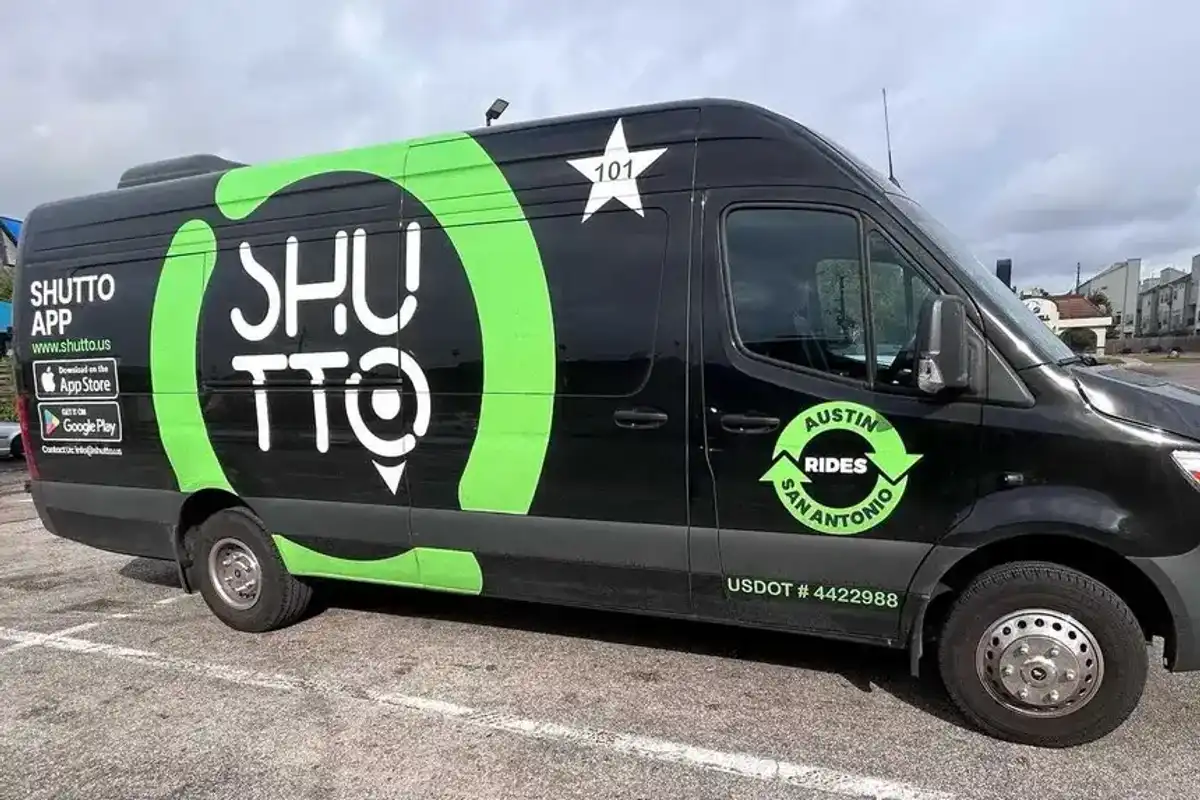Mercury's biggest round to date, awards judges named, and more trending Houston innovation news
top stories
Editor's note: Another week has come and gone, and it's time to round up the top headlines from the past few days. Trending Houston tech and startup news on InnovationMap included Mercury Fund's latest and largest raise, events not to miss this month, and more.
Houston-based VC secures oversubscribed $160M fund for early-stage startups

Originally expected to raise $150 million, Mercury's latest fund is the largest raised to date. Photo via mercuryfund.com
A Houston venture capital firm has announce big news of its latest fund.
Mercury, founded in 2005 to invest in startups not based in major tech hubs on either coast, closed its latest fund, Mercury Fund V, at an oversubscribed amount of $160 million. Originally expected to raise $150 million, Fund V is the largest fund Mercury has raised to date.
“We are pleased by the substantial support we received for Fund V from both new and existing investors and thank them for placing their confidence in Mercury,” Blair Garrou, co-founder and managing director of Mercury Fund, says in a news release. “Their support is testament to the strength of our team, proven investment strategy, and the compelling opportunities for innovation that exist in cities across America.” Read more.
10+ can't-miss Houston business and innovation events for October

From enlightening talks to networking opportunities, here's where you need to be in October. Photo via Getty Images
From networking meetups to pitch competitions, October is lined with opportunities for Houston innovators.
Here's a roundup of events you won't want to miss out on so mark your calendars and register accordingly. Read more.
Houston Innovation Awards names prestigious panel of judges for 2023 awards

Here's who's making the call for this year's Houston Innovation Awards. Photos courtesy
Ten Houstonians are in the hot seat for deciding the best companies and individuals in Houston's innovation ecosystem.
InnovationMap has announced its 2023 Houston Innovation Awards judging panel, which includes startup founders, nonprofit leaders, investors, corporate innovators, and more.
The 10 selected judges will evaluate applications from the nearly 400 nominations that were submitted this year. Read more.
Real estate giant taps downtown Houston tower for new smart building tech

Tenants of this downtown office building just got an upgrade. Rendering via 717texas.com
Houston-based real estate giant Hines is rolling out a new smart building platform with the goal of better serving workers and workplaces at its buildings across the country, including one building in Houston that's aiming to be an office building of the future.
From the employee perspective, the new Hines app will allow employees and employers to book spaces within buildings, order food from on-site cafes and restaurants, book on-site fitness classes and access the building via their smartphone or smartwatch. For employers and tenants, the app will help them gain insights into building performance, occupancy data, ESG targets and employee satisfaction, according to a statement from Hines.
“We’re committed to a people-centric experience and this investment takes that commitment to the next level,” Ilene Goldfine, chief digital strategy officer at Hines, says in a statement. “The traditional systems were managed building by building and made it difficult or impossible to track performance across a portfolio. This new digital ecosystem, which unites back-end technology with front-end experiences, will deliver long-term cost savings to our investors and clients." Read more.
Houston hospital lands $10 million grant to launch new neurological lab

The gift will create the John M. O’Quinn Foundation Neurodegenerative Disorders Laboratory at Houston Methodist. Photo via houstonmethodist.org
Houston Methodist announced that it has received a $10 million gift from the The John M. O’Quinn Foundation to support research into neurological disorders, including Alzheimer’s disease, Parkinson’s disease and others.
The gift will create the John M. O’Quinn Foundation Neurodegenerative Disorders Laboratory at Houston Methodist, which will be led by Dr. Jun Li, who chairs the department of neurology at the Houston Methodist Neurological Institute. The NIH-backed researcher and his team will provide care, clinical trial opportunities and subspecialty programs through the lab, according to a release from Houston Methodist.
The funds will also be used to recruit neurodegenerative disorders specialists to lab by creating endowed research chairs, research fellowships and funding for pilot studies. Read more.





